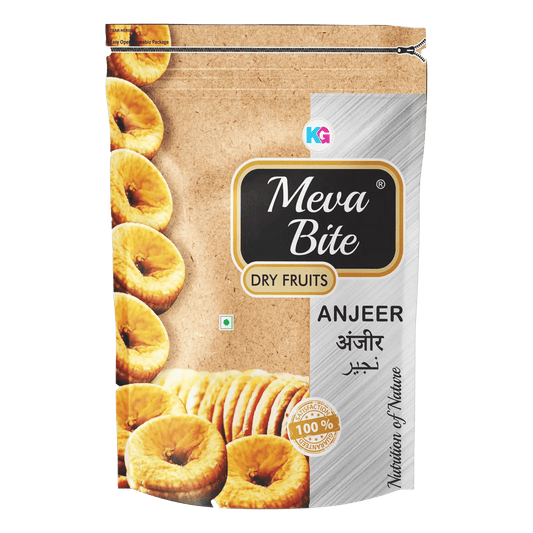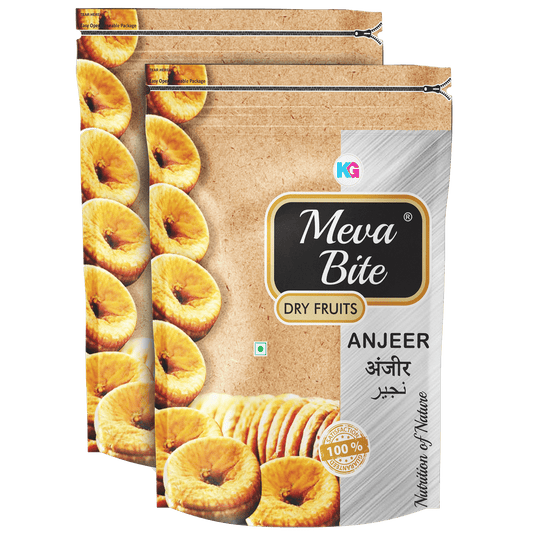At MevaBite, we're passionate about bringing you the finest selection of dry fruits and nuts. But have you ever wondered about the differences between these two popular snack categories? Let's explore the unique characteristics, nutritional profiles, and benefits of dry fruits and nuts.
Do dry fruits and nuts come from different parts of the plant?
Summary: Generally, dry fruits come from the fleshy part of fruits, while nuts are seeds enclosed in a hard shell. However, there are exceptions to this rule.
The distinction between dry fruits and nuts is not always straightforward:
- Dry fruits: Typically derived from the fleshy part of fruits, dehydrated to remove moisture.
- Nuts: Usually seeds enclosed in a hard shell, often with an edible kernel inside.
- Exceptions: Some foods classified as nuts botanically are not "true nuts."
- True nuts: Include hazelnuts, chestnuts, and acorns.
-
Culinary nuts: Almonds, cashews, and pistachios are botanically seeds but commonly referred to as nuts.
Are there any exceptions to the rule?
Summary: Yes, there are exceptions. Peanuts are technically legumes, not nuts. They grow underground and are more closely related to beans and lentils than to tree nuts.
Let's explore some interesting exceptions:
- Peanuts: Legumes that grow underground, often mistaken for nuts.
- Almonds: Technically the seed of a drupe, but culinarily considered a nut.
- Cashews: Actually the seed of a fruit, but commonly classified as a nut.
- Brazil nuts: Seeds from a large spherical pod, not true nuts.
- Pistachios: Seeds of a fruit, botanically related to cashews and mangoes.
Does the drying process itself change the nutritional value or classification of the food?
Summary: The drying process can concentrate nutrients and calories in fruits, but doesn't change their classification. It may slightly reduce some heat-sensitive vitamins.
Effects of the drying process on fruits:
- Nutrient concentration: Removal of water concentrates calories and nutrients.
- Vitamin reduction: Some heat-sensitive vitamins (like vitamin C) may decrease.
- Fiber concentration: Fiber content becomes more concentrated per gram.
- Sugar concentration: Natural sugars become more concentrated, increasing calorie density.
-
Preservation: Drying extends shelf life without changing the food's classification.
Which offer more fiber - dry fruits or nuts?
Summary: Both dry fruits and nuts are good sources of fiber, but their fiber content varies. Some dry fruits like figs and prunes are particularly high in fiber.
Fiber content comparison (per 100g serving):
| Food | Fiber Content (g) |
|---|---|
| Dried Figs | 9.8 |
| Prunes | 7.1 |
| Almonds | 12.5 |
| Pistachios | 10.6 |
| Raisins | 3.7 |
Are nuts generally higher in healthy fats compared to dried fruits?
Summary: Yes, nuts are generally higher in healthy fats, particularly monounsaturated and polyunsaturated fats, compared to dried fruits which are typically low in fat.
Comparison of fat content:
- Nuts: Rich in heart-healthy monounsaturated and polyunsaturated fats.
- Dried fruits: Generally very low in fat content.
- Omega-3 fatty acids: Found in walnuts and some other nuts.
- Calorie density: Nuts are more calorie-dense due to their fat content.
-
Fat-soluble vitamins: Nuts' fat content helps absorb vitamins A, D, E, and K.
Do dried fruits and nuts have different health benefits I should be aware of?
Summary: Yes, dried fruits are rich in antioxidants and quick energy, while nuts offer healthy fats, protein, and various minerals. Both contribute uniquely to a balanced diet.
Key health benefits:
- Dried fruits: High in antioxidants, quick energy source, rich in vitamins.
- Nuts: Heart-healthy fats, protein, minerals like magnesium and selenium.
- Blood sugar: Dried fruits can spike blood sugar, while nuts help stabilize it.
- Weight management: Nuts may aid in weight control due to their protein and fat content.
-
Heart health: Both can contribute to cardiovascular health in different ways.
Do dried fruits and nuts require any special preparation before eating?
Summary: Most dried fruits and nuts are ready to eat. However, some nuts benefit from soaking or roasting, and certain dried fruits may need rehydration for specific recipes.
Preparation considerations:
- Ready-to-eat: Most dried fruits and nuts can be consumed as is.
- Soaking nuts: Can improve digestibility and nutrient absorption.
- Roasting nuts: Enhances flavor but may slightly decrease nutrient content.
- Rehydrating fruits: Useful for baking or creating smoother textures in recipes.
-
Chopping: Both can be chopped for easier incorporation into recipes.
How can I incorporate dried fruits and nuts into my diet for a healthy and balanced approach?
Summary: Incorporate dried fruits and nuts as snacks, in salads, baked goods, or breakfast foods. Balance their intake with other food groups for optimal nutrition.
Incorporation ideas:
- Snacking: Eat a small handful as a quick, nutritious snack.
- Salad toppings: Add for extra crunch and flavor in salads.
- Baking: Use in muffins, cookies, or bread for added nutrition.
- Breakfast boost: Mix into yogurt, oatmeal, or cereal.
-
Trail mix: Create your own blend for a balanced snack.
Are there any culinary dishes that traditionally use both dried fruits and nuts together?
Summary: Many dishes combine dried fruits and nuts, including trail mix, certain salads, stuffings, and various desserts from different cuisines around the world.
Traditional dishes combining dried fruits and nuts:
- Trail mix: A classic combination of nuts, dried fruits, and sometimes seeds.
- Moroccan tagines: Often include dried apricots or dates with almonds.
- Fruit and nut breads: Popular in many cultures, combining various nuts and dried fruits.
- Holiday stuffing: Often includes dried cranberries and nuts like pecans or walnuts.
-
Middle Eastern desserts: Baklava and ma'amoul often combine nuts with dried fruits.
Conclusion
Understanding the differences between dry fruits and nuts can help you make informed choices about incorporating these nutritious foods into your diet. While they come from different parts of plants and offer distinct nutritional profiles, both dry fruits and nuts provide valuable health benefits. At MevaBite, we encourage you to explore the wide variety of dry fruits and nuts we offer, experimenting with different combinations in your meals and snacks. Remember, moderation is key – while these foods are nutrient-dense, they're also calorie-dense. By balancing your intake and incorporating them into a varied diet, you can enjoy the best of both worlds: the quick energy and antioxidants from dried fruits, and the healthy fats and proteins from nuts.





